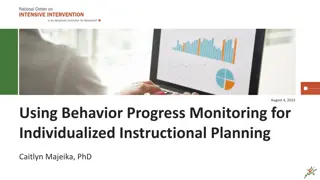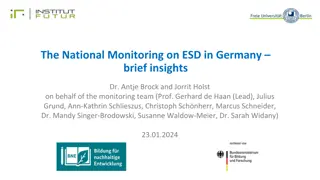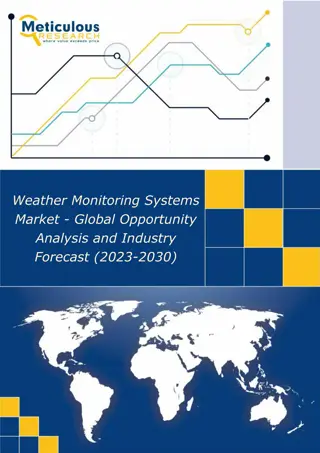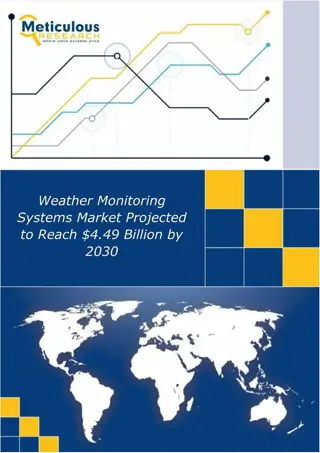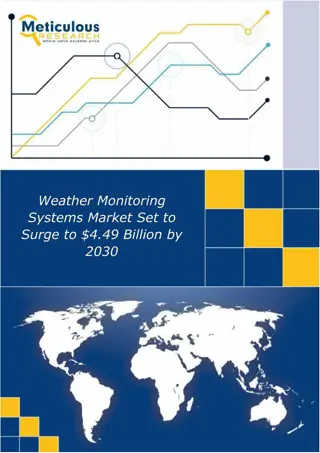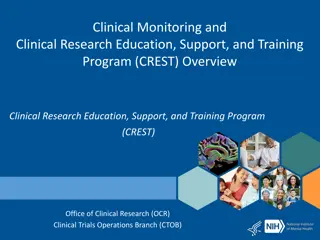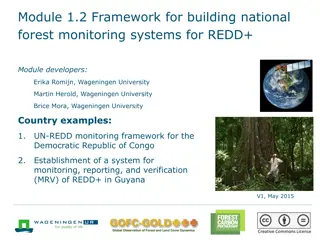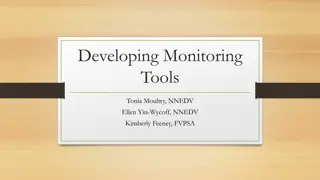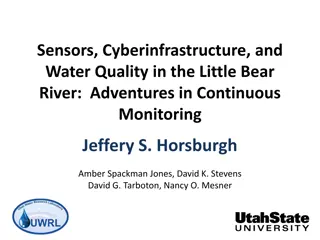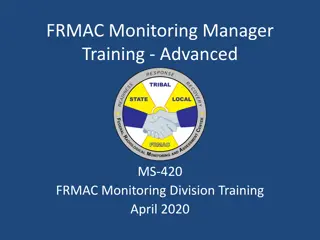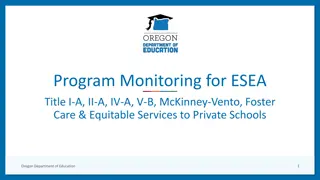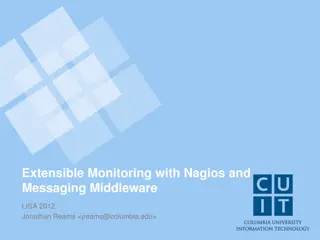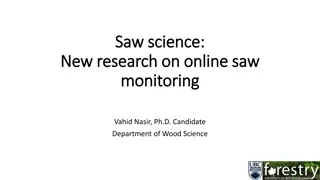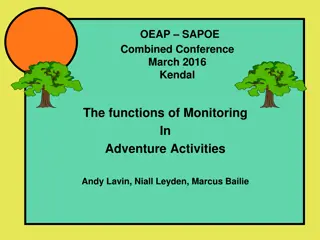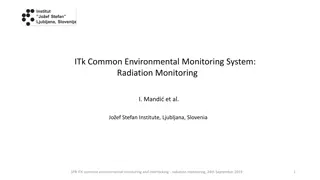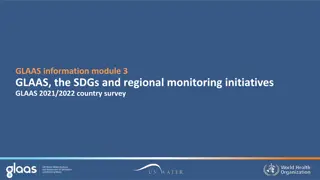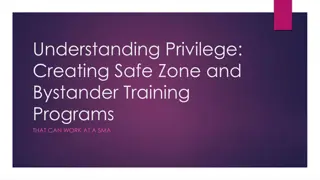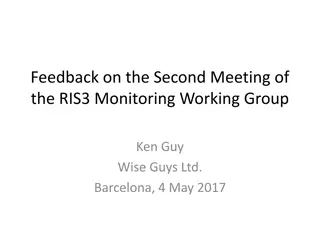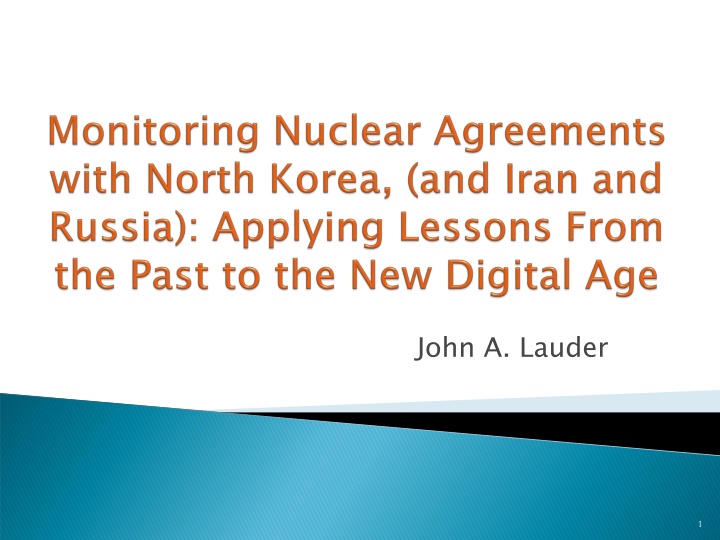
Nuclear Agreements: Challenges and Best Practices
Explore the challenges and best practices in negotiating and implementing effective nuclear agreements, emphasizing the importance of verification and monitoring measures. Discover insights from previous agreements and reflections on the current state of the national security community's monitoring methodologies and strategies within a larger strategic context.
Download Presentation

Please find below an Image/Link to download the presentation.
The content on the website is provided AS IS for your information and personal use only. It may not be sold, licensed, or shared on other websites without obtaining consent from the author. If you encounter any issues during the download, it is possible that the publisher has removed the file from their server.
You are allowed to download the files provided on this website for personal or commercial use, subject to the condition that they are used lawfully. All files are the property of their respective owners.
The content on the website is provided AS IS for your information and personal use only. It may not be sold, licensed, or shared on other websites without obtaining consent from the author.
E N D
Presentation Transcript
Negotiating and Implementing Effective Nuclear Agreements is a Vital But Seemingly Intractable Task There are Best Practices from Prior Agreements that Present Instructive Lessons for Effective Verification and Nonproliferation Lessons from the Perspective of an Intelligence Officer & Current Advisor on Monitoring Measures Will Focus on the Challenges of Monitoring an Agreement and on the Role of Intelligence in Monitoring. 2
Nuclear Agreements with North Korea, Iran, and Others are at an Critical Juncture. A Recent Economist Article Characterized the Current Environment as Nuclear Disarmageddon . Nearly All Concur That Nuclear Agreements Should Include Effective Verification and Monitoring Measures. What Should Be Those Measures? What Does the History of Previous International Agreements Teach Us About How to Achieve Effective Verification? 3
To What Extent has the National Security Community Forgotten, or Gotten Rusty on, Proven Methodologies for Monitoring? Is the Current Generation of Monitors Adequately Trained and Prepared? Are New Open Source Data and Tools Being Appropriately Integrated into Monitoring and Verification Plans Is the Current Funding and Vector of R&D Related to Monitoring Adequate? Is Our Consideration of Monitoring Framed within a Larger Strategic Context? 4
Monitoring is gathering information to compliance assessments through intelligence methods (undefined National Technical Means in agreements), diplomatic means, and negotiated measures such as information exchanges and on-site inspections Verification is the process of reaching policy judgments of compliance and the determination of how to resolve ambiguities or evidence of noncompliance gathering information relevant policy judgments about the extent and significance 5
Horizontal Proliferation is the Spread of WMD Capabilities to States or Non-State Actors Who Don t Already Have Nuclear, Biological, or Chemical Weapons Vertical Proliferation is the Development of New Types of Weapons and Enhanced Capabilities by States with Current WMD Programs Agreements Help Foster Strategic Stability or Even Roll-back After Proliferation Occurs 6
Integration of Military & Economic Sticks and Negotiated Carrots -- Informed by an Anticipatory Comprehensive Strategy Dual-Track Approaches (Nuclear Posture Review) Attention to Danger of Unattended Consequences Executive and Congressional (Largely Bipartisan) Emphasis International Commitment Substantial Resources for Monitoring Effective Agreement Monitoring Management Active Monitoring Expert Participation in Formulation, Negotiation, Ratification, and Implementation of Agreements Recognized Leadership and Accountability Proven Methodology for Monitoring 7
Successful and Credible Intelligence Support to Arms Control Helped Manage the End Game of the Cold War US in Particular Built Eye-Watering Intelligence Capabilities for Monitoring These Capabilities Were Later Adapted for Use On Other National Security Issues Prior Monitoring Art and Transparency Measures Have Refined Approaches, Methodologies, and Definitions that Remain Relevant to Future Agreements Negotiations and Agreements of the 70s, 80s, and 90s Established International Precedents and Shared Understandings 8
Combination of Negotiated Measures and National Technical Means Break Tough Challenges Into Manageable Pieces Data Exchanges and Notifications Provide Normal Baseline and the Functional Equivalent of a Tax Return Routine Inspections and Cooperative Measures Provide Scrutiny of Geographic Locations Where Cheating Would Be Easiest Challenge Inspections Available As Forcing Events and to Gather Data on Compliance Concerns NTMs and Covert Intelligence Look for Anomalies Across Areas and Cover the Backdoor During Inspections Synergy Sought Among Diplomatic, Inspections, Investigative, and Other Approaches All the Above Orchestrated by an Agreement Monitoring Manager Ensures the Pieces Work Together Flags Issues for the Policy Community 9
Detects Militarily Significant Noncompliance Creates Synergy in Discovery of Relevant Activities Among Negotiated Measures, International Inspections, National Intelligence Means, and Publically Available Information Establishes Consultative Mechanisms for Anomaly and Dispute Resolution Builds Greater Transparency and Enhances Channels of Communication 10
Fred Ikles Provocative Question from Foreign Affairs, Jan 1961 Need to Plan How to React to Anomalies or Evidence of Significant Noncompliance Consultative Mechanisms Useful First Step Periodic Unclassified and Classified Reports on Significant Anomalies 11
INF-Like Restrictions and Monitoring of Iranian and North Korean Missiles Inspection Exercises, Voluntary Transparency Measures, and Verification Technology Experiments with Iran and North Korea CTR-Like Measures to Reduce Size of Iranian and North Korean Nuclear Complex and Redirect Scientists Technical Regional Exchanges on Safety and Environmental Concerns 12
Wide-Area, Persistent Surveillance in Permissive Environments Precise, Geospatial Awareness Forensic Intelligence Widely-Available Commercial Imagery and Radar International Verification Institutions and Resources Data Mining and Analytics Social Media Sources (even on North Korea and Iran) 13
Broad Scope of Potential Agreements, Number of Participants/Stakeholders, and Objects of Verification, e.g.: Increasingly Multilateral Warheads and Production of Material -- Not Just Counting Delivery Vehicles Tactical as Well as Strategic Weapons De-emphasis of Negotiated Monitoring and Data Declaration Measures Requirement for Near Global Monitoring Coverage For Example, Increased Demands on the Language Skills of Inspectors Strategically Significant Noncompliance Would Occur At Lower Levels Than Detectable With Confidence 14
Stand-off Detection of Fissile Materials and Nuclear Weapons Assured Deep and Denied Area Penetration Identification and Characterization of Underground Facilities Mobile Targets Inventory of Objects of Verification (Establishing the Baseline) Signal to Clutter Problem More Sophisticated Denial and Deception Many US Monitoring Resources and Organizational Structures Have Atrophied or Been Redirected No Longer Organizations Like ACIS and ACDA Declining Numbers of Skilled and Experienced Practitioners of Monitoring Less Attention to Strategy of Deterrence and on Nuclear Weapons in General Competing Priorities on Current Intelligence and Support to Counterterrorism and Counterinsurgency Operations 15
Avoid Reopening Old US Bureaucratic and International Diplomatic Fights Advocate Appropriate Priorities and Funding Recover Former Expertise and Best Practices Identify and Train the Next Generation of Practioners Adapt Potential Contribution of New Monitoring Technologies and Expanded Range of Commercial and International Partners Undertake More Rigorous Research and Development for Better Monitoring Tools Yet, Don t Fall in Love With Pure Technical Solutions The Challenges Are Substantial and the Lead-Times Long Need for Anticipation and a Comprehensive Plan 16
Effective Monitoring Has Implications Beyond the Agreements Themselves Monitoring Measures Can Incentivize International and Crisis Stability In Forging Next Steps, Monitoring and Verification Need to Be: Achievable at Reasonable Levels of Confidence Routine Cost Effective Reciprocal in Balancing the Needs of Hiders and Finders Art, as Well as Science Team Sports Need for Leadership 17
Policy-Relevant Intelligence Products At Best When Exquisitely Specific and Timely Fusion of Multiple Intelligence Sources and Approaches Often Highly Compartmented Knowledge of Sources and Methods Valuable for Both Hiders and Finders Expertise and Experience in the Process Arcane Knowledge Often Not Present Elsewhere Non-Partisan Credibility in the Ratification Process 19
Information Declarations, Inspections, and the Modalities of Sanction Relief Will Produce Many Questions Requires a Body for Discussion of Compliance and Anomalies Such Implementation Committees Have Been a Mainstay of Many Prior International Agreements Consultative Bodies Normally Include Technical Experts Quietly Working the Geeky Details of Agreements, Largely Outside the Political Glare and Bureaucracies of Capitals 20
Audit the Information Provided in Data Declarations Provide Ground-truth Situational Awareness of Nuclear Capabilities and Intent Serve as Tripwires of Breakout Activities Build Regional and Crisis Stability To Achieve the Above, Inspections Need to Be Routine and Non-Accusatory Nonconfrontational Columbo Style of Investigation 21

